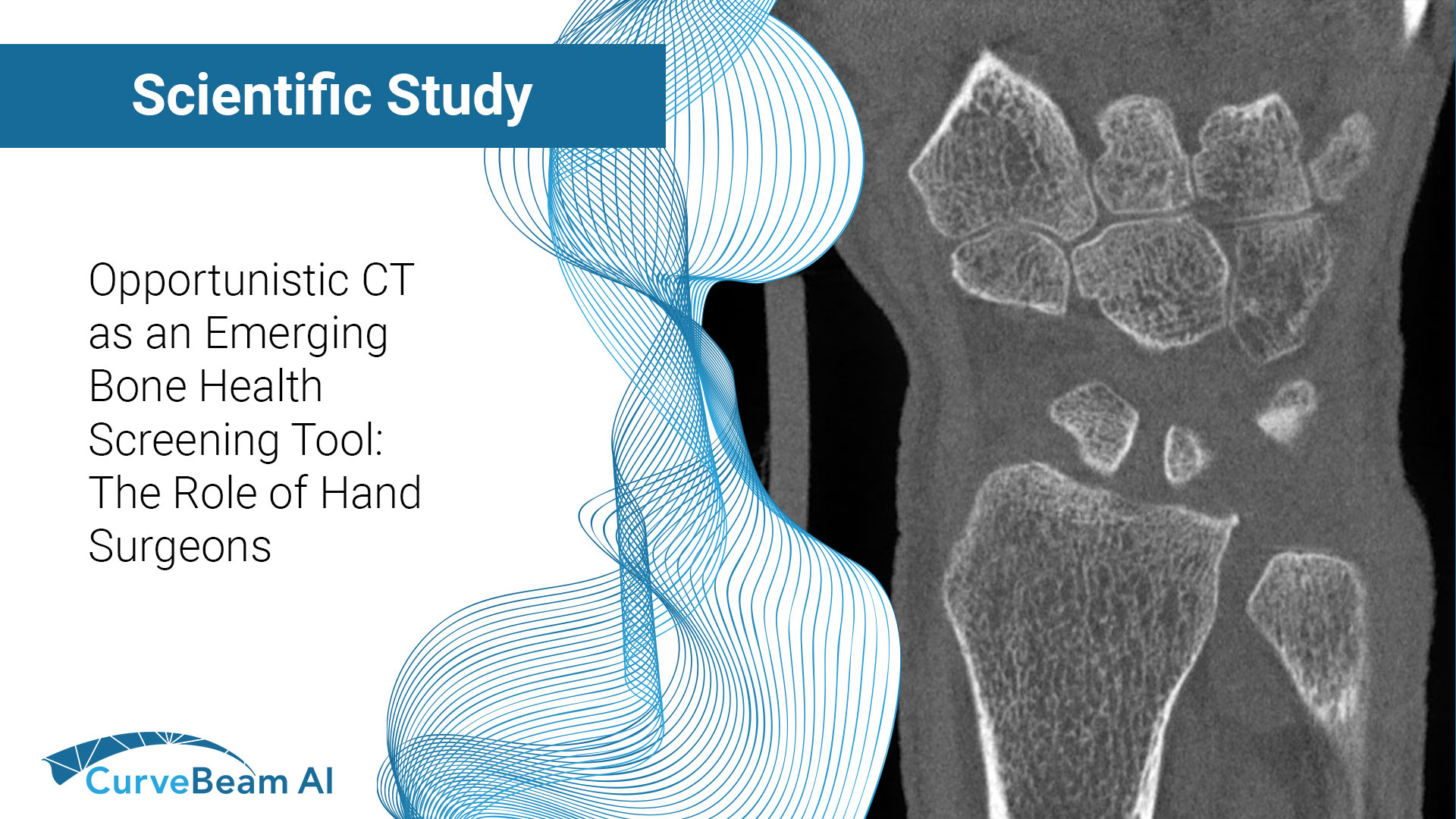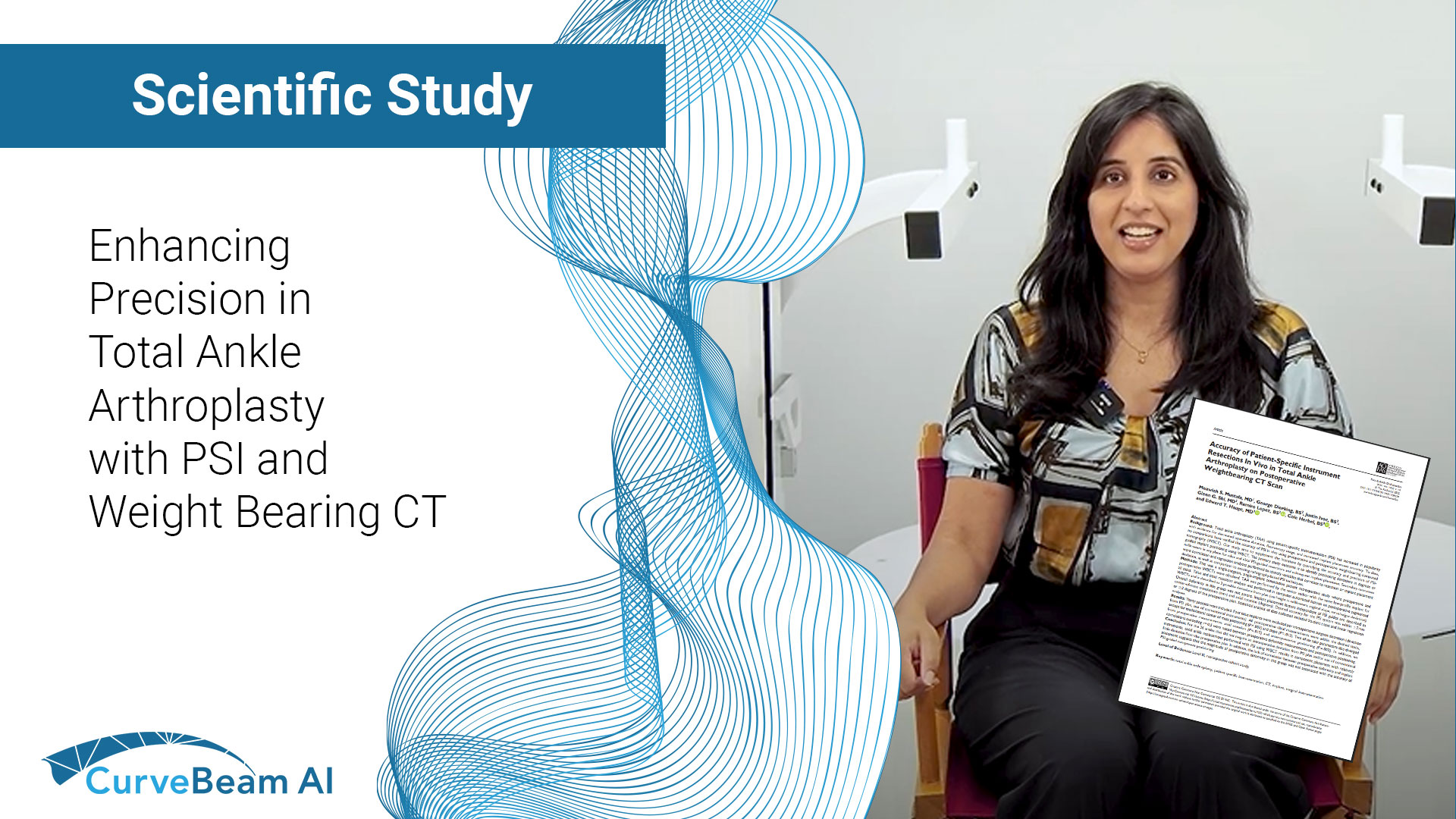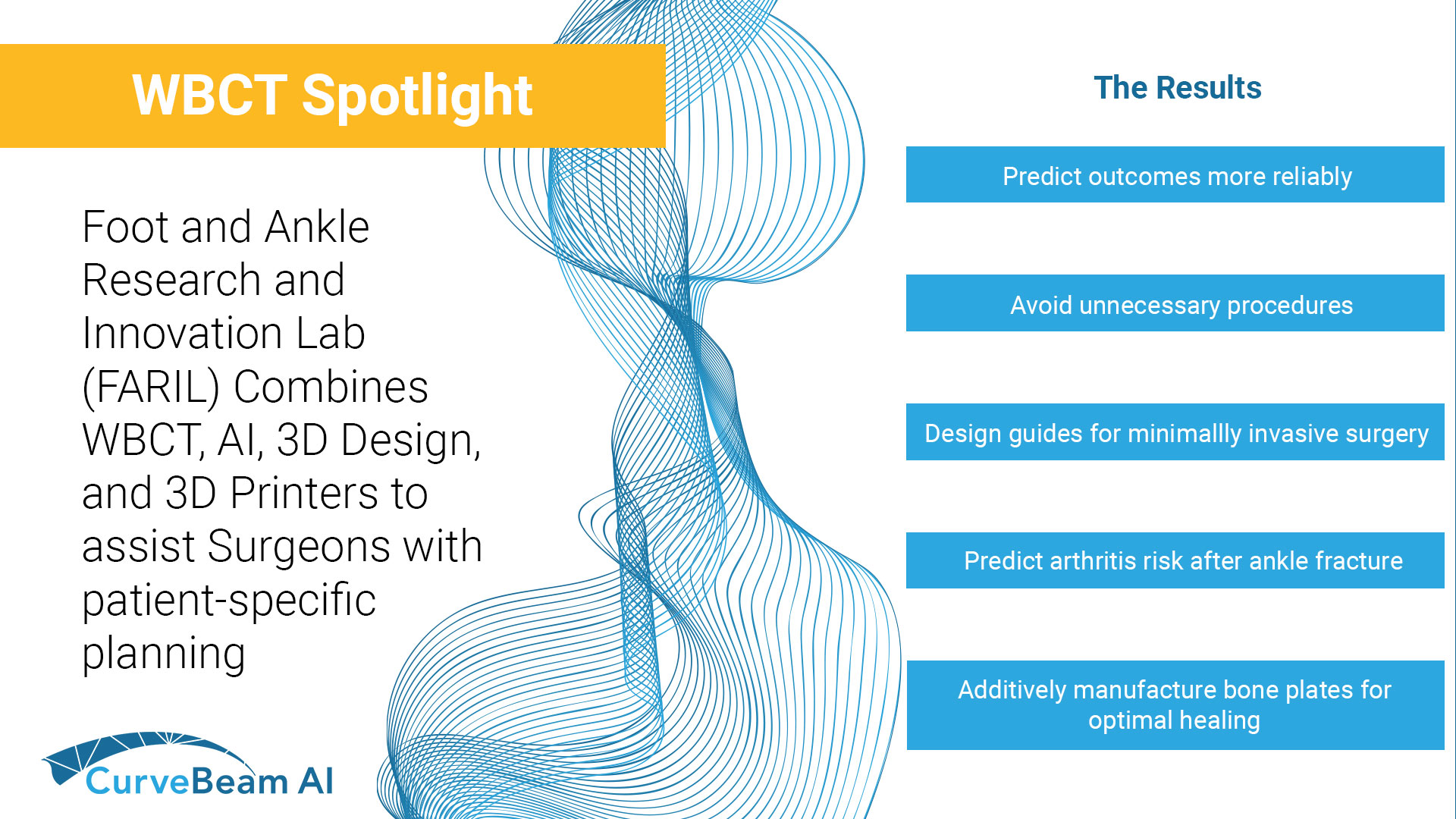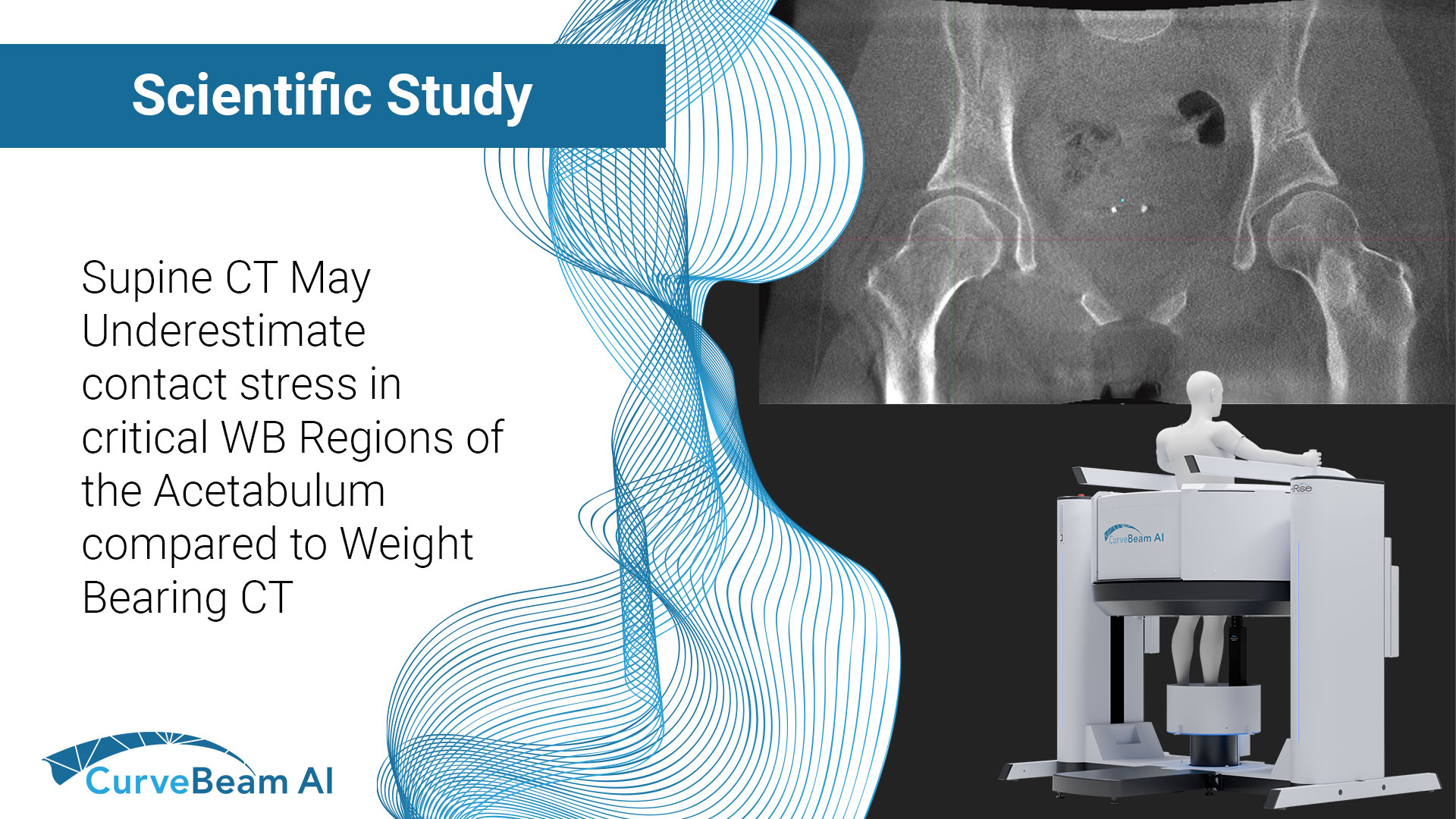In recent years, patient-specific instrumentation (PSI) for total ankle arthroplasty (TAA) has gained momentum, driven…

CT as an Emerging Bone Health Screening Tool: The Role of Hand Surgeons
Fragility fractures are often the first visible sign of underlying osteoporosis but too often, they go unrecognized. A new study published in Journal of Hand Surgery Global Online highlights how hand surgeons can play a pivotal role in early bone health detection and prevention.
Why Hand Surgeons Are Uniquely Positioned
Distal radius fractures (DRFs), commonly treated by hand surgeons, frequently occur years before more serious fragility fractures such as hip or spine injuries. The study emphasizes that a low-velocity DRF should prompt a bone health evaluation, including a dual-energy X-ray absorptiometry (DXA) scan. Hand surgeons are often the first specialists to encounter these patients and therefore uniquely positioned to initiate the bone health conversation and coordinate care.
Imaging as a Screening Opportunity
The article underscores that routine radiographs and computed tomography (CT) scans can serve as valuable screening tools, even in patients who have not yet sustained fragility fractures. For example, simple hand radiographs can provide early clues to osteopenia or osteoporosis using measurements such as the second metacarpal cortical percentage (2MCP).
Meanwhile, opportunistic CT scans, images acquired for other clinical reasons, show strong potential in bone mineral density (BMD) assessment. Studies have demonstrated that CT-based metrics, such as Hounsfield units, correlate well with DXA.
The Role of Artificial Intelligence
The potential of opportunistic CT is now greatly enhanced by artificial intelligence. AI-driven algorithms can extract BMD data from routine scans, integrate them with risk assessment tools, and streamline reporting directly into radiology workflows. This integration could make osteoporosis detection more accessible and cost-effective, without additional radiation exposure or patient visits.
Researchers noted:
“As technology develops, we expect opportunistic CT scans and hand radiographs to lessen the cost of screening, fracture treatment and prevention.”
A Call for Comprehensive Bone Health Management
According to the article, despite effective therapies, many patients remain untreated because osteoporosis is underdiagnosed. Alarmingly, only 8% of Medicare beneficiaries who sustain an osteoporotic fracture receive a bone mineral density test. By recognizing a DRF as more than just a wrist fracture—and instead as a possible indicator of systemic bone fragility, surgeons can help close this care gap.
The authors recommend that:
- Every low-velocity DRF should be followed by a DXA scan.
- Surgeons should encourage follow-up with a primary care provider or bone health specialist.
- Opportunistic imaging should be leveraged to stratify risk and guide preventive care.
Looking Ahead
The study claims with an aging population and fracture-related costs projected to rise worldwide, new approaches are urgently needed. Opportunistic imaging, powered by AI, represents a promising frontier for proactive bone health management. For hand surgeons, this means every wrist fracture could become an opportunity, not only to treat the immediate injury, but to prevent future, more devastating fractures.
To read the full study click here.




